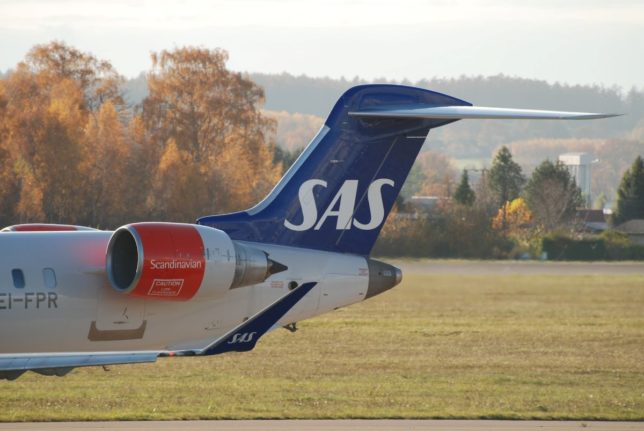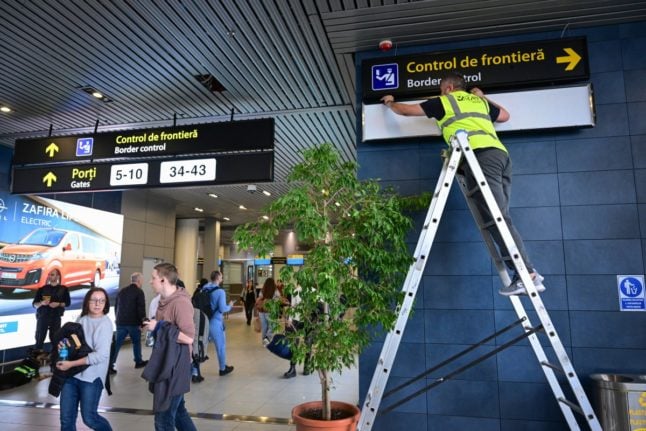The government announced several measures to try and reverse the ailing finances of airports in the country on Thursday.
“No airports are to be closed, which is why we are announcing financial measures now,” Transport Minister Jon-Ivar Nygård said.
A drop in the number of passengers has been pointed to as a reason for the declining finances of Avinor’s airports in Norway. Avinor is a state-owned company responsible for operating Norway’s airports.
“After the pandemic, we fly less often. Avinor expects lower income going forward and is therefore in a challenging financial situation. That is why we are announcing financial measures now,” Nygård said.
The profitability of the country’s largest airports, such as Oslo Gaerdermoen, has covered unprofitable operations in rural areas.
The airport tax, which airlines pay to airports, will increase by around 200 million kroner from 2023 to 2024.
After the change is implemented, the government will consider raising airline taxes again.
In addition, the government will look at picking up the bill for certain tasks like ambulance standby and border control. The government may also allow non-tax-free goods to be sold in duty-free.
Aviation analyst Hans Jørgen Elnæs has said that increased airline tax would mean higher ticket prices for travellers.
“This makes it more expensive for airlines to fly. The time for the cheapest plane tickets is over,” he told business and financial site E24.
“We have to expect that it will be somewhat more expensive to fly in the future,” he added.
The government has said it will consider lowering the controversial air passenger tax to compensate for the airline tax increase.
The air passenger tax sees travellers charged 80 kroner per flight within Europe and 320 kroner outside of Europe.
Airlines had expressed concerns over increased taxes in a dialogue with the Minister of Transport earlier this year.
The airlines said at the time that the increased fees would push airfares beyond what consumers were willing to pay.



 Please whitelist us to continue reading.
Please whitelist us to continue reading.
Member comments